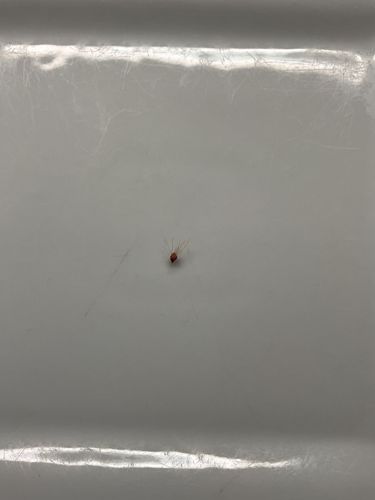Spider Mite
Scientific Name: Tetranychus urticae (Twospotted Spider Mite) or similar species
Order & Family: Order: Trombidiformes, Family: Tetranychidae
Size: Typically 0.2 to 0.5 mm (0.008 to 0.02 inches) in length, making them very small and often difficult to see with the naked eye.

Natural Habitat
Spider mites are found on a wide variety of plants, both indoors and outdoors. They thrive in hot, dry conditions and can infest agricultural crops, ornamental plants, garden plants, and houseplants.
Diet & Feeding
Spider mites are phytophagous, meaning they feed on plants. They pierce plant cells with their mouthparts and suck out the cell contents, typically from the undersides of leaves. This feeding causes characteristic stippling (tiny dots) on the leaves.
Behavior Patterns
Spider mites are known for spinning fine silk webs, especially when populations are dense. They live in colonies, typically on the underside of leaves and can rapidly reproduce, leading to quick infestations. Their life cycle is relatively short, around 1-3 weeks depending on conditions, and includes egg, larva, nymph, and adult stages.
Risks & Benefits
Spider mites are significant agricultural and horticultural pests. Heavy infestations can cause severe damage to plants, leading to reduced yield, stunted growth, leaf discoloration (yellowing, bronzing), leaf drop, and even plant death if untreated. They are primarily considered a risk to plant health and agriculture; there are no known direct benefits.
Identified on: 8/21/2025